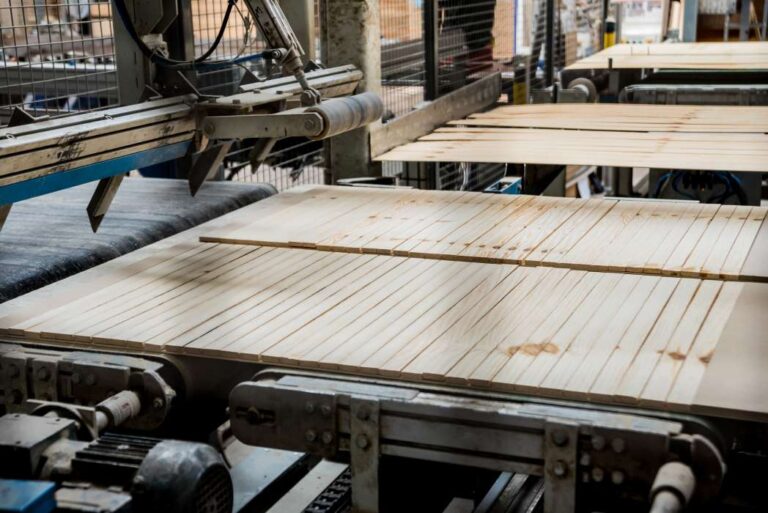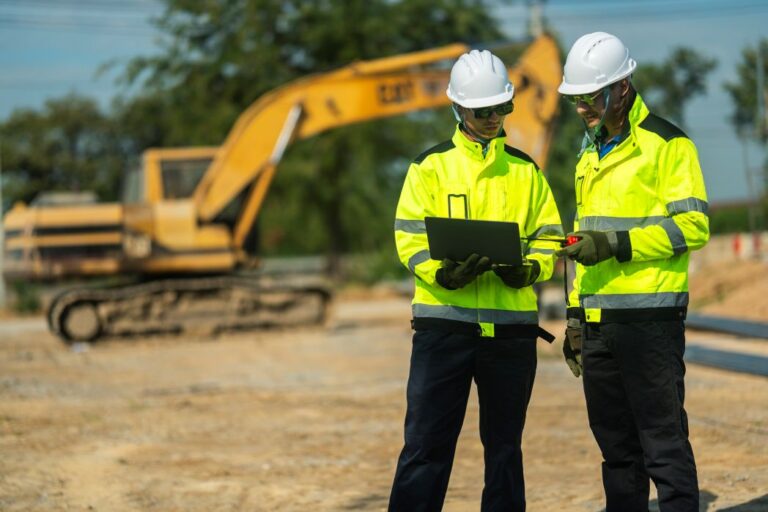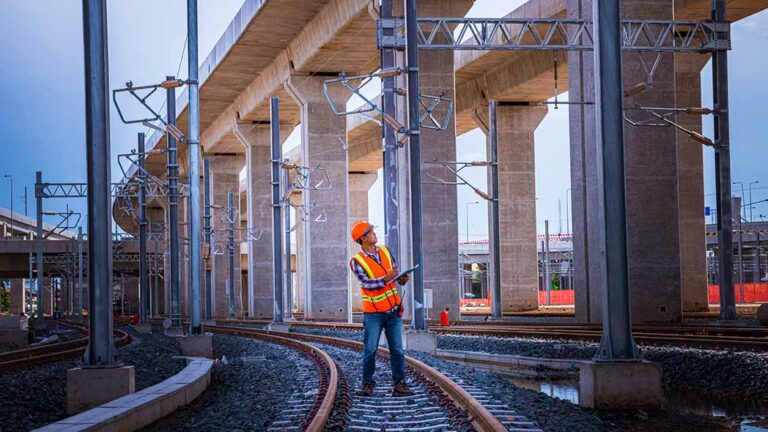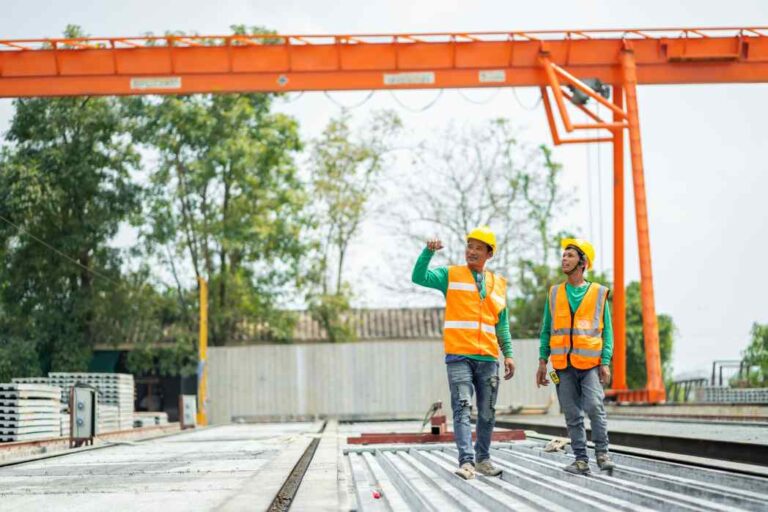
A near-miss on the railways that could easily have resulted in the death of several track workers was, in the end, simply the result of the person in charge being distracted and forgetting about safety.

(Original Appearance: The Construction Index)
Forward facing CCTV footage showing train 1D09 approaching the group of track workers (image courtesy of Virgin Trains East Coast)
But there are substantial lessons for the whole construction industry to take on board, including the dangers inherent in typical power structures on site and the inability of underlings to challenge bosses.
The full report of the Rail Accident Investigation Branch into anear miss at the Egmanton level crossing in Nottinghamshire on 5th October 2017 has now been published1.
The person in charge was a very experienced, highly qualified Network Rail employee leading the Retford track maintenance team. The track workers that were nearly hit by a speeding train were supplied under a ‘zero-hour contract’ arrangement by Vital Human Resources Ltd (VHRL), a subsidiary of Morson Group.
“When the person in charge of a team is both a strong personality and an employee of the client, it can be particularly hard for contract workers to challenge unsafe behaviour,” concluded Simon French, the chief inspector of rail accidents.
The incident
At around 11:22 hrs on 5th October 2017, a group of track workers narrowly avoided being struck by a train close to Egmanton level crossing, between Newark North Gate and Retford on the East Coast Main Line. A high speed passenger train was approaching the level crossing on the Down Main line at the maximum permitted line speed of 125 mph when the driver saw a group of track workers in the distance. He sounded the train’s warning horn, but saw no response from the group. A few seconds later the driver gave a series of short blasts on the train horn as it approached, and passed, the track workers.
The track workers became aware of the train about three seconds before it reached them. One of the group shouted a warning to three others who were between the running rails of the Down Main line. These three workers cleared the track about one second before the train passed them. During this time the driver had continued to sound the horn and made an emergency brake application before the train passed the point where the group had been working, thinking his train might strike one or more of them. The train subsequently came to a stand around three quarters of a mile after passing the site of work.
The cause
The immediate cause of the near miss was that the track workers did not move to a position of safety as the train approached. The group had been working under an unsafe and unofficial system of work, set up by the Person in Charge (PiC). Instead of adhering to the correct method of using the Train Operated Warning System (TOWS) by moving his team to, and remaining in, a position of safety while TOWS was warning of an approaching train, the PiC used the audible warning as a cue for the lookout to start looking out for approaching trains in order to maximise the working time of the group on the track. This unsafe system of work broke down when both the lookout and the PiC became distracted and forgot about the TOWS warning them of the approaching train.
The PiC had worked on the railway for around 23 years, was very familiar with the area and had been passed as competent to act as lookout, controller of site safety (COSS), engineering supervisor (ES) and senior person in charge of possessions (SPiCOP). He had also attended courses on team leader development and safe work leader (SWL). His last track safety assessment was on 8th February 2017 and consisted of a review of both the results from computer tests of his knowledge and evidence that he had practiced his safety competencies over the previous assessment period.
Although the PiC was qualified, experienced and was deemed competent by his employer, neither his training nor reassessments had instilled in him an adequate regard for safety and the importance of following the rules and procedures. Additionally, none of the team involved challenged the unsafe system of work that was in place at the time. Even though some were uncomfortable with it, they feared they might lose the work as contractors if they challenged the PiC.
Rail Accident Investigation Branch recommendations
As a result of its investigation the RAIB has made three recommendations. These relate to:
– strengthening safety leadership behaviour on site and reducing the occurrences of potentially dangerous rule breaking by those responsible for setting up and maintaining safe systems of work
– mitigating the potentially adverse effect that client-contractor relationships can have on the integrity of the Worksafe procedure such that contractors’ staff feel unable to challenge unsafe systems of work for fear of losing work
– clarifying to staff how the Train Operated Warning System (TOWS) should be used
The findings of this investigation have also reinforced the importance of railway staff understanding their safety briefings, and challenging any system of work that they believe to be unsafe.
Lessons
Simon French, chief inspector of Rail accidents, said: “When the person in charge of a team is both a strong personality and an employee of the client, it can be particularly hard for contract workers to challenge unsafe behaviour. In this investigation, RAIB found that the person in charge had adopted an unsafe method of working, in an attempt to undertake additional unplanned work. Both the person in charge and team members became distracted, and the result was that three of them found themselves jumping clear of a train travelling at 125 miles per hour with just one second to spare. This came so close to being a major tragedy.
“We have seen this sort of unsafe behaviour before, where the wish to get the work done quickly overrides common sense and self-preservation. When we see narrowly avoided tragedies of this type it is almost always the result of the adoption of an unsafe method of work and the absence of a challenge from others in the group. We are therefore recommending that Network Rail looks again at how it monitors and manages the safety leadership exercised by its staff, and how they interact with contractors. There have been too many near misses in recent years. It takes effective leadership and a positive safety culture to create a working environment in which everyone can be confident that safety will come first.”
1. RAIB Report 11/2018 can be downloaded as a pdf here.











